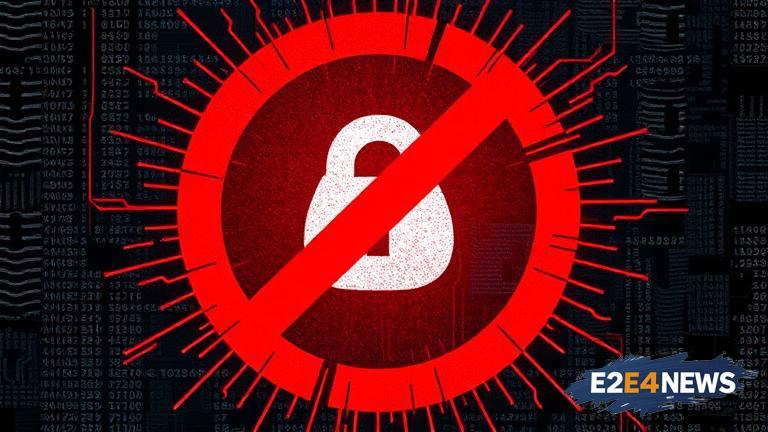A critical zero-day vulnerability has been identified in Microsoft SharePoint, a widely used collaboration and document management platform. The vulnerability, which has been designated as a zero-day exploit, allows attackers to execute arbitrary code on affected systems, potentially leading to data breaches, unauthorized access, and other malicious activities. Experts warn that the vulnerability is highly exploitable and could be used by threat actors to launch targeted attacks on organizations that rely on SharePoint for their daily operations. The vulnerability is particularly concerning given the widespread use of SharePoint in various industries, including government, finance, and healthcare. Microsoft has released an emergency patch to address the vulnerability, and users are advised to apply the patch as soon as possible to prevent potential attacks. In the meantime, security experts recommend implementing additional security measures, such as network segmentation, access controls, and monitoring, to detect and respond to potential exploits. The discovery of the vulnerability highlights the importance of ongoing security testing and vulnerability management, as well as the need for organizations to prioritize cybersecurity and invest in robust security protocols. As the threat landscape continues to evolve, it is essential for organizations to stay vigilant and proactive in their approach to cybersecurity, recognizing that even widely used and trusted platforms like SharePoint can be vulnerable to exploits. The incident also underscores the importance of collaboration between security researchers, vendors, and users in identifying and addressing vulnerabilities, and the need for a coordinated response to mitigate the risks associated with zero-day exploits. Furthermore, the vulnerability serves as a reminder of the potential consequences of delayed patching and the importance of keeping software up to date. In addition to applying the patch, users should also be aware of the potential for social engineering attacks, which could be used to trick users into divulging sensitive information or installing malware. To minimize the risk of attack, users should exercise caution when clicking on links or opening attachments from unknown sources, and should verify the authenticity of any emails or messages that appear to be from trusted sources. The vulnerability has also raised concerns about the potential for ransomware attacks, which could be used to encrypt data and demand payment in exchange for the decryption key. As such, users are advised to implement robust backup and disaster recovery procedures to ensure business continuity in the event of an attack. In conclusion, the discovery of the SharePoint zero-day vulnerability serves as a stark reminder of the importance of cybersecurity and the need for ongoing vigilance and proactive measures to prevent and respond to potential threats.
